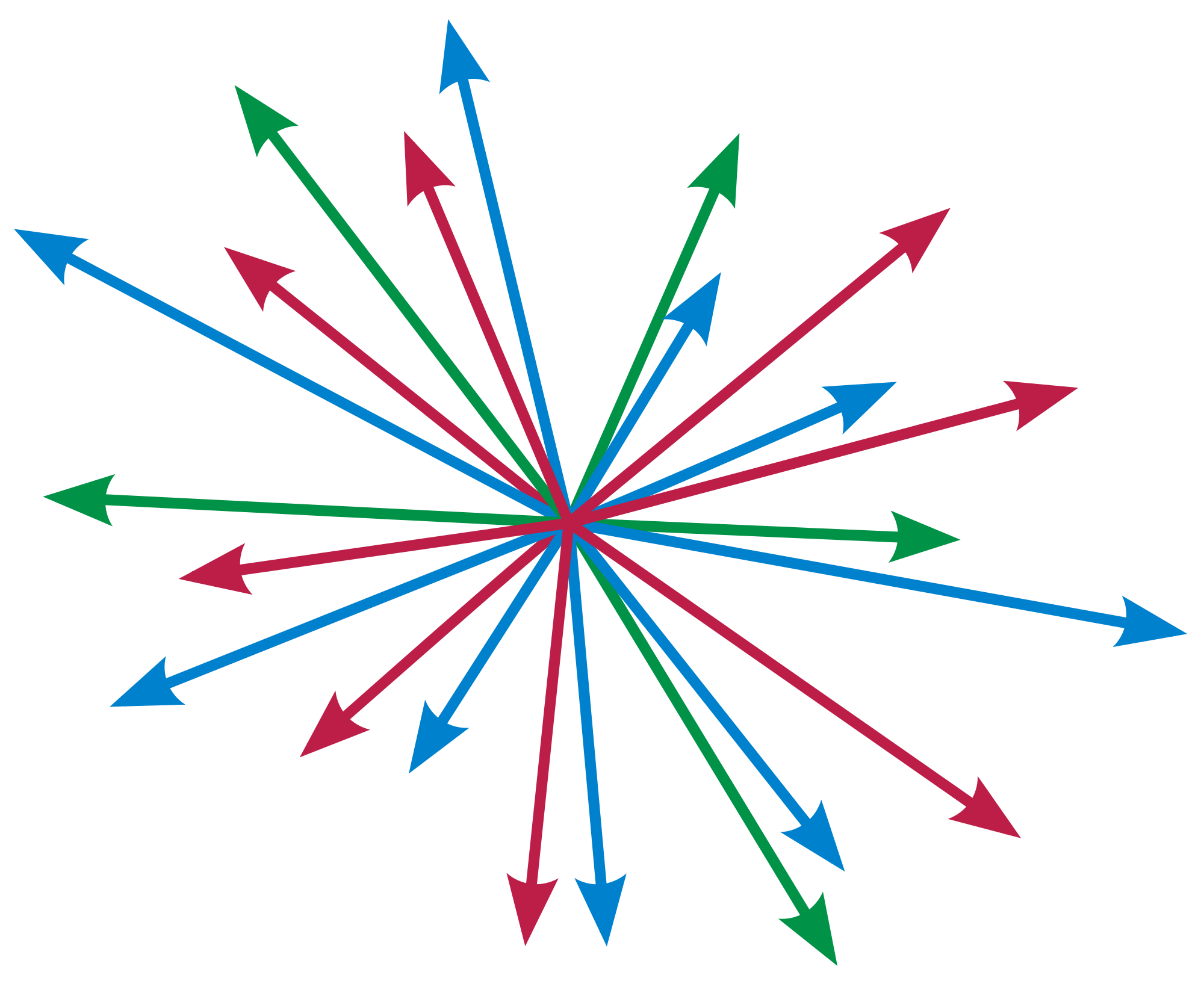A gravitational field is a model used to explain the influences that a massive body extends into the space around itself, producing a gravitational force on another massive body.
Thus, a gravitational field is used to explain gravitational phenomena, and is measured in newtons per kilogram.
The Field Equations of General Relativity have been proven to model the shape and motion of gravitational fields with extraordinarily high precision. For over 100 years, experiment has confirmed the validity of the equations.
Bibliography
Einstein, A., 1911. On the Influence of Gravitation on the Propagation of Light. Annalen der Physik, 35(10), pp.898-908
Einstein, A. 1916. The foundation of the general theory of relativity. Annalen der Physik, 354, p.769.pdf
Einstein, A., 1917 (Digital Reprint 1986). Cosmological considerations on the general theory of relativity. Cosmological Constants, p.16
Einstein, A., 1920 (Digital Reprint). Relativity: the special and the general theory. Elegant Books
Einstein, A., 1920. Time, space, and gravitation. Science, 51(1305), pp.8-10.
Einstein, A., 1982 (Digital Reprint). How I created the theory of relativity. Physics today, 35(8), pp.45-47
Related
-
Real Vector Space
A Real Vector Space is a Vector Space whose vectors are described by real numbers. We can describe our classical three-dimensional space as simply a Vector Space with three degrees of freedom – or dimensions. Such a space would be labeled: This…
-
Scalar Function
A scalar function is a function of one or more variables whose range is one-dimensional, as compared to a vector function, whose range is three-dimensional (or, in general, n-dimensional).
-
Vector Space
A Vector Space is a set of vectors that may be added together and scaled. When we say they may be scaled, we mean that they may be multiplied by numbers called scalars. For example, we may multiply all of the vectors…


